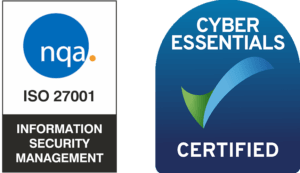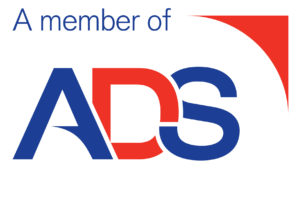The SaaS revolution has been great for small businesses. Without any set-up or capital outlay, you can now access the latest and most innovative business software. And there’s virtually no waiting time. Just sign up and you’re good, often you don’t even need your credit card.
But wait a second, can something be that good and not come with a catch? Maybe. But the kicker is, if there is a catch and you miss it, it could cost you big time.
So, what are the hidden costs of SaaS and how can you spot them in time to avoid them?
1. Beware the perils of freemium
Many SaaS apps are free to consumers because what they really want are ‘prosumers’. Typically, someone in your business signs up for home use then likes the app so much, they start using it at work. They convert their colleagues, who also sign up. But applications that are free at home often aren’t free for commercial use, so before you know it, you’re exposed to the risk of substantial unplanned licensing costs for an app you’ve never even heard of.
2. Track down secret sign ups
Even when they’re paid for from the start, SaaS applications are often paid for by individual teams using company credit cards and covered through expense claims. Before you know it, you have an unmonitored ‘black ops’ IT budget being paid to unvetted services.
3. Tiered licensing costs will catch you out
Many SaaS applications have tiered pricing, so they start out free or very cheap for a few people – but when you cross licensing limits the jump from in licensing costs is a hefty hike. And if several teams are using the same product, you could find a higher tier pricing kicks in unexpectedly. You may not have any choice but to pay — or else lose functions that key projects and teams have come to rely on.
4. Watch out for the add-ons
Many SaaS applications offer cheap or free access to basic functions but charge a premium for add-ons. For instance, a CRM may offer a very good deal on the basic sales-tracking functions but charge extra for analytics and other advanced features. The thing is, once you’ve spent months using a SaaS app and entrusting all your data to it, it can be difficult to move — even if buying the high-price extra you need makes it poorer value than one of its competitors.
5. Paying for licenses you don’t need
Even after you’ve upgraded to enterprise licensing, you can’t just afford to relax. The SaaS service may not tell you if the number of users drops below the enterprise threshold again. After all, it’s not in their interests to help you cut your licensing costs.
6. Are you paying for apps you don’t need?
The pace of innovation, with new features added to SaaS platforms all the time, can mean that you end up paying for increasingly overlapping services. You want to know as soon as this starts to happen, so that you can make an informed decision on whether to go on paying for two apps or to migrate fully to one of the two platforms.
For all these reasons, it’s vital that you keep a constant oversight on the introduction and use of SaaS software within the organisation, so that costs don’t spiral out of control without your knowledge.
Ampliphae uses network analytics to spot every SaaS application in the organisation as soon as it appears. It gives you the tools to continually monitor which SaaS applications are in use, who is using them, and the cost exposures that arise from that.
To find out how Ampliphae can help you avoid hidden SaaS costs get in touch with us today.


